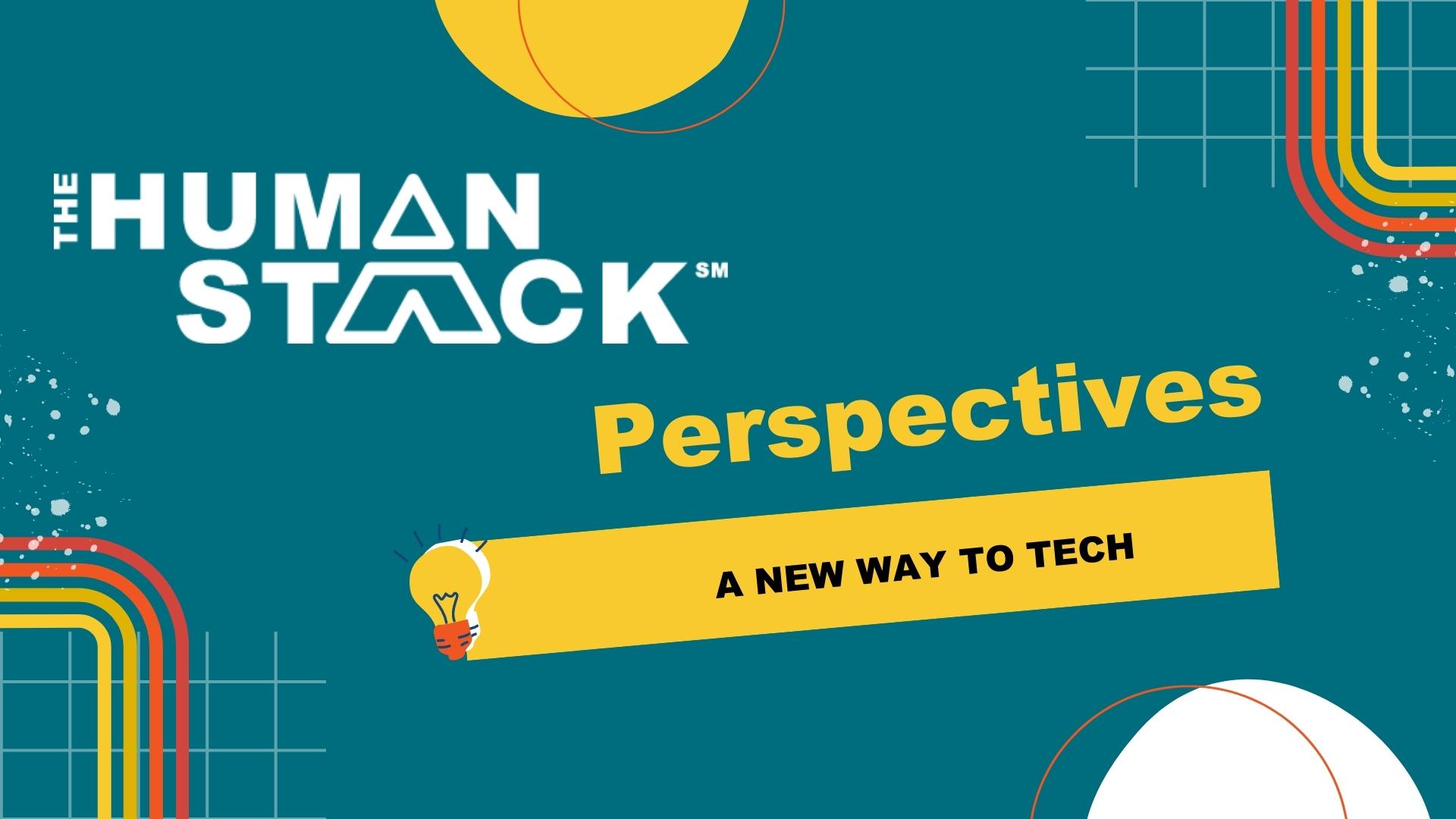Data is the backbone of every organization. It’s what we rely on to effectively gauge the needs and experiences of our constituents and stakeholders alike. The data we gather produces the insights we need to make timely, informed decisions and help us achieve optimal results.
If data is so essential to success, why do so many organizations experience the same data problems over and over?
The answer might be a failed CRM system implementation.
Why Do CRM Implementations Fail?
Successful CRM implementation rates have remained notoriously low since the 1990s, when CRMs were introduced as a way to organize data in one central place. Although there's now a wide range of customizable CRM solutions, implementations are just as susceptible to failure, whether actual or perceived. Common causes include inefficient processes, incongruence with strategic plans, low user adoption, and more.
An unsuccessful implementation produces a cyclical effect: failed implementation leads to poor adoption which leads to poor data which leads to more poor data which leads to inaccurate information which leads to problems stacking up more quickly than an organization can address them. At some point, leaders find themselves faced with a tough decision: Bring in an expert consultant to help fix the system they have or replace it altogether with a new CRM.
Starting over with a shiny new CRM certainly has its merits. But regardless of which path you choose, it’s unlikely that you will see transformational results unless you spend some time thinking about where your CRM problems truly originate and what, specifically, you want to change going forward. There are likely challenges your technology platform - any technology platform - will not be able to address without looking deeper into your organization.
Less Diet, More Lifestyle Change.
Nutritionists preach about the dangers of implementing a diet versus lifestyle changes—and for good reason. The former is full of quick fixes that aren’t sustainable in the long-term, while the latter has implications far beyond weight loss. In similar fashion, if you want your CRM implementation to set your organization up for success for years to come, you can't just swap out a new CRM for the old. You'll need to commit to making lifestyle changes at the organizational level. And in doing so, you’ll have an opportunity to transform more than just your data.
6 Reasons for Nonprofit CRM Implementation Failure
-
Lack of alignment with IT strategy.
Your CRM implementation project has little chance of success if the scope of work identified isn't in alignment with the IT strategy. The same is true for nonexistent IT strategy or one that doesn’t represent your stakeholders' priorities. Without objectives outlined from the beginning, there's a very good chance stakeholders will be disappointed with the outcome and the project will go down in history as being a failure—no matter how well it was executed. To avoid this, make sure your CRM implementation project is closely aligned with your organization's strategic plans.
-
Old processes.
Adding new technology will not dovetail with existing processes. Invest time in determining where you need to customize technology to fit your processes or where you need to change your processes to fit the technology. This will demand a thorough, ruthlessly honest root-cause analysis of why your existing tech isn't working. (Hint: In many cases, the root cause isn't the tech at all, but is a process that’s underperforming or was not properly defined in the first place.)
-
Capacity issues.
A successful project requires consistent, regular feedback from your internal team. This means determining upfront the number of hours per week members of the project will need to spend on testing, configuration review, Center of Excellence calls, and other tasks. Make sure you have executive buy-in to support allocating resources toward the investment, as well as adequate support for the people fulfilling these roles.
-
Bad data.
Consultants see this all the time: An organization implements new technology and imports legacy data. If that legacy data was unreliable, inaccurate, or otherwise “dirty,” it can make the new system appear "broken" right off the bat. Evaluate data quality at the outset, including knowing where expected data quality issues exist. Teams can do this by testing either partial or full representative data sets in the Sandbox, simulating your actual production environment as closely as possible. Once you've identified the known issues, do not import dirty data. Invest the time to practice data hygiene. You'll thank yourself later.
-
Organizational Culture.
When a CRM implementation fails to deliver results, it's natural to look for shortcomings with the technology. What’s harder—but infinitely more productive—is admitting the problem could lie in how teams interact both with each other and with the system. Take a look around and ask yourself: Is there a culture-related issue contributing to resistance? Has your staff connected around complaining about CRM issues? Are one or more of your team members resistant to using a CRM because they worry it might unveil inefficiencies in their workflow? Getting the answer to these hard questions is a necessary step toward transformative change. This will take time: All the more reason to give yourself plenty of lead time before launching a CRM implementation.
-
Capacity for disruption and change.
You want your CRM implementation project to be nothing short of transformative. Achieving that level of change will call for a fair amount of disruption to daily processes. Managing disruption effectively will require a robust change management strategy. Consider which team members will be most effective in helping you execute real change. Who will be your project champion, the fearless person tasked with training other team members and generating enthusiasm for the new system? Who will be your designated tie-breaker, intervening peacefully to make the final choice as conflicts arise? Build a solid team and establish processes for change management.


 Tim Lockie
Tim Lockie



